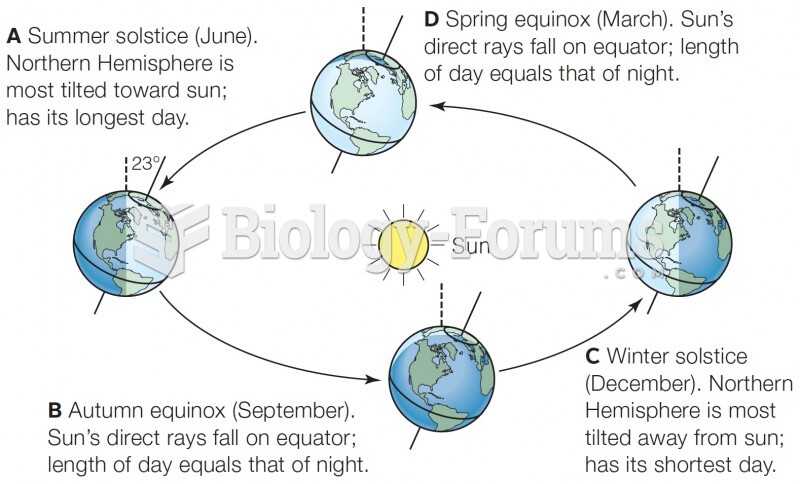Answer to Question 1
The Universe looks about the same whichever way you look. That is called isotropy. Of course, there are local differences. If you look toward a galaxy cluster, you see more galaxies, but that is only a local variation. On the average, you see similar numbers of galaxies in every direction. Furthermore, the background radiation is also almost perfectly uniform across the sky.The Universe is observed to be highly isotropic, almost exactly the same in all directions when viewed from our position.The Universe also seems to be homogenous; homogeneity is the property of being the same everywhere. Of course there are local variations. Some regions contain more galaxies and some less. Also, if the Universe evolves, then at large look-back times you see galaxies at an earlier stage. If you account for these well-understood variations, then the Universe seems to be, on average, the same everywhere. This is harder to check because you can't actually go to the locations of distant galaxies and check in detail that things are about the same there as here, but all astronomical observations indicate this is so.Isotropy and homogeneity together lead to the cosmological principle, that any observer in any galaxy sees that the Universe has the same general properties, after accounting for relatively minor local and evolutionary variations. The cosmological principle implies that there are no special places in the Universe. What you see from the Milky Way Galaxy is typical of what all intelligent creatures see from their respective home galaxies. Furthermore, the cosmological principle is another way of saying that the Universe has no center or edge. Such locations would be special places, and the cosmological principle means there are no special places.
Answer to Question 2
Today, cosmologists believe they understand why the sky is dark. Olbers's paradox makes an incorrect prediction because it is based on a hidden assumption. The Universe may be infinite in size but it is not eternal-that is, not infinitely old. That answer to Olbers's question was suggested by Edgar Allan Poe in 1848. He proposed that the night sky is dark because the Universe is not infinitely old but instead began at some time in the past. The more distant stars are so far away that light from them has not yet reached Earth. That is, if you look far enough, the look-back time is greater than the age of the Universe. The night sky is dark because the Universe had a beginning.This is a powerful idea because it clearly illustrates the difference between the Universe and the observable Universe. The Universe is everything that exists, but the observable Universe is the part that you can see. The Universe is 13.7 billion years old, and because of that, the observable Universe is limited by a light travel time of 13.7 billion years. We should not confuse the observable Universe, which is finite, with the Universe as a whole, which could be infinite.







